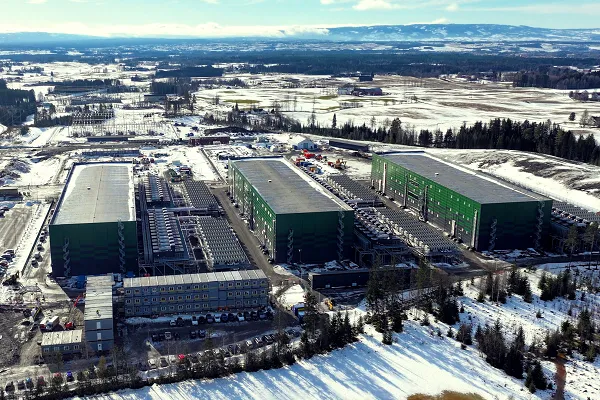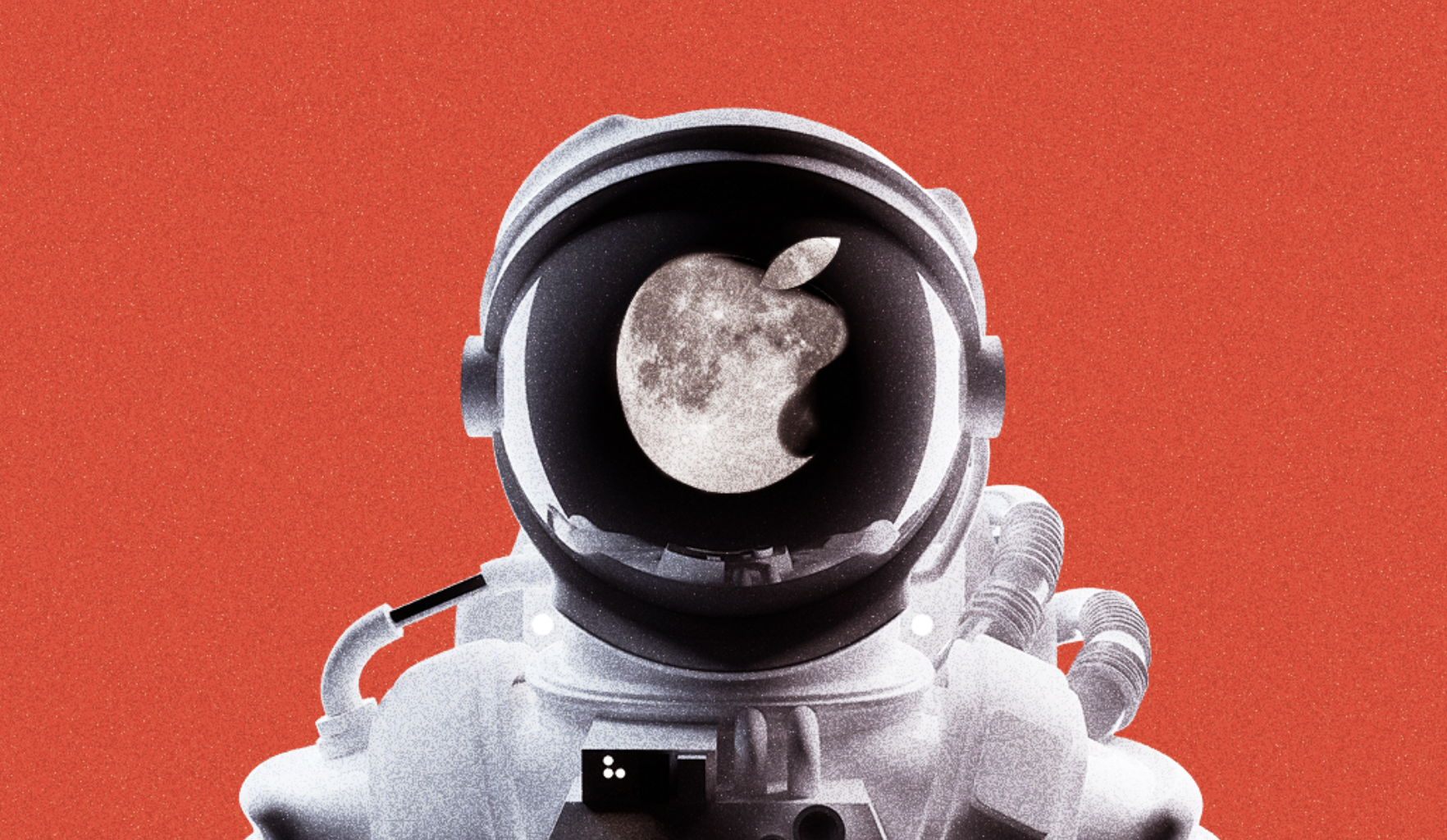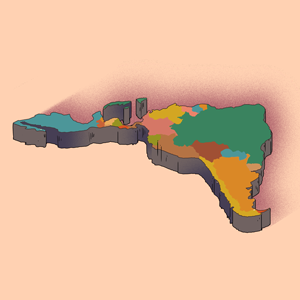Scientists Say There May Be Life on the Moon
The dark nooks and crannies of the lunar surface could harbor life, according to new research. In a preprint study presented at the 56th Lunar and Planetary Science Conference this week, scientists propose that permanently shadowed regions of the Moon, or PSRs, have the right conditions to shelter microbial life forms — which could have profound implications for our efforts to explore the Earth's craggy satellite. Some PSRs have not seen sunlight in billions of years, due to the slight tilt the Moon has on its axis. That's not news. What's surprising is that these lightless voids could also be […]


The dark nooks and crannies of the lunar surface just might harbor life, according to new research.
In a preprint study presented at the 56th Lunar and Planetary Science Conference last month, scientists propose that permanently shadowed regions of the Moon, or PSRs, have the right conditions to shelter microbial life forms — which could have profound implications for our efforts to explore the Earth's craggy satellite.
Some PSRs haven't seen sunlight in billions of years, due to the slight tilt the Moon has on its axis. That's not news, but what's surprising is that these lightless voids could also be sanctuaries from deadly UV radiation, too.
"In space, microbes are typically killed by high heat and ultraviolet radiation," study lead author John Moores, a planetary scientist and associate professor at York University in the UK, told Universe Today. "However, the PSRs are very cold and very dark and, as a result, they are one of the most protective environments in the Solar System for the kinds of microbes that are typically present on spacecraft."
In other words, the PSRs could act as a freezer, preserving the microbes for years — "preserving" being the key word.
"To be clear, those microbes cannot metabolize, replicate or grow here, but they likely remain viable for decades until their spores are killed by the effects of vacuum," Moores added. "The organic molecules that make up their cells likely would persist far longer."
The chance of contaminating the lunar surface with Earth germs has always been a top concern for scientists. Beyond ethical and philosophical considerations, there's a practical case for ensuring that we don't ruin the data we collect in our quest to deepen our understanding of the lunar environment.
One item on that checklist? PSRs, which have seen a surge of scientific interest in recent years. In fact, NASA's Artemis program is targeting a landing near the lunar South Pole, where the enduring shadows cloak the landscape. One PSR, the Shackleton Crater, is even being considered as a potential landing site.
If the PSRs could serve as microbial freezers, however, then any contamination that humans bring there could persist for decades and more — far longer than other regions on the Moon — setting back lunar ambitions there for generations.
Grimly, it's possible that this may already be the case.
"The chance that there is already terrestrial microbial contamination in the PSRs is low but not zero," Moores told Universe Today. "Several spacecraft have impacted within or near the PSRs. Though they all did so at high speed, past research by others has suggested that small numbers of spores can survive simulated impacts into regolith-like materials. If any microbes survived those impacts, they would have been widely dispersed."
More on the Moon: Robot Survived Failed Lunar Landing But Was Trapped Inside and Died Afterward
The post Scientists Say There May Be Life on the Moon appeared first on Futurism.



![How to Find Low-Competition Keywords with Semrush [Super Easy]](https://static.semrush.com/blog/uploads/media/73/62/7362f16fb9e460b6d58ccc09b4a048b6/how-to-find-low-competition-keywords-sm.png)




























































































































































































